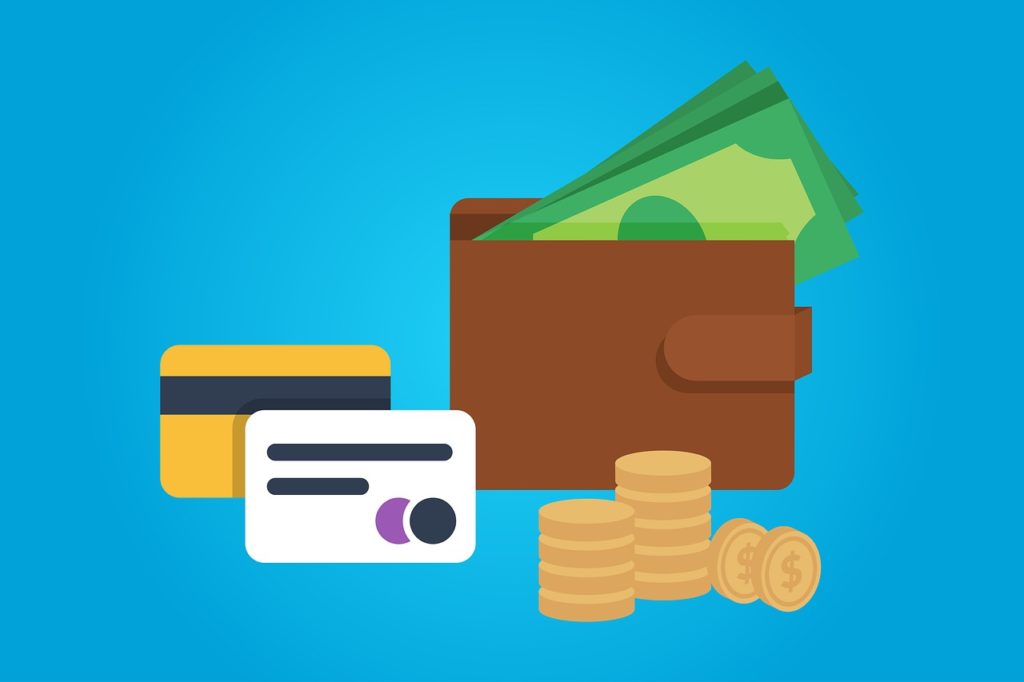4 Loans That Can Improve Your Financial Situation
When people think of loans they automatically think debt. And typically debt isn’t associated with improving your finances. However, it all depends on the loan you get and how you use it.
There are many different types of loans based on your funding needs. Some loans are strictly for business, career building or education while others are used by individuals for personal purchases.
Here are four types of loans that you can leverage to minimize monthly costs and increase your wealth:
Personal Loans
A number of lending products fall under the umbrella of personal loans. Generally speaking, a personal loan is one that can be used for virtually any personal expense. They typically range from a few hundred dollars up to $50,000 or more if the loan is secured with collateral.
Unlike other types of loans, it is possible to get personal loans online in a matter of days. The credit requirements are also more lenient for small, short-term personal loans. Just be careful to steer clear of payday loans, which charge extremely high-interest rates if the loan isn’t repaid in full within a short period of time.
Personal loans can be used a number of ways to improve your finances:
- Pay off and consolidate high-interest debts
- Make improvements to your home to add value
- Pay for career training or licensing courses
- Pay for unexpected expenses like car repair and medical bills without using a credit card or incurring non-payment fees
- Make an investment
The trick is to use the funds from a personal loan only to reduce debt payments, improve income or invest for the future.
Home Mortgage Loan
For most people, buying a home is the biggest investment they will ever make. But in order to become a homeowner, the vast majority of buyers must get a home mortgage loan. This type of loan is designed for large purchases that are repaid over many years. Most home loans are 15-year, 20-year or 30-year loans.
Over the life of a mortgage loan, the buyer will pay tens of thousands in interest. However, their home should also gain in value. Homeowners also get tax breaks on the interest, insurance, and taxes they pay, which reduces the cost. If you also factor in the cost to rent a comparable home a mortgage makes even more financial sense.
When it comes time to sell the home you’ll get to pocket the profits, which is where the financial benefit comes into play. You can also leverage the home’s appreciation with a home equity loan that can be used much like a personal loan.
Getting a mortgage loan isn’t always easy. You’ll need to have a good credit score and money for a down payment. Today, the outside of some government-back mortgages, the lowest down payment is 3% of the loan amount. The home will also have to appraise for the loan amount of higher and your finances will be heavily scrutinized. Because a home loan is a large sum of money, lenders are very careful to weigh the risks.
Refinance Loan
Because mortgage interest rates fluctuate and private mortgage insurance (PMI) must be paid when the down payment is less than 20%, a refinance loan could significantly reduce your monthly home payments.
You’ll want to consider a home mortgage loan when the average interest rates are 1% lower than what you’re currently paying or your home has increased in value enough to eliminate the PMI. If you have an adjustable-rate home mortgage, it’s also usually beneficial to refinance to a fixed-rate mortgage whenever possible.
You will need to apply for a refinance loan, which is similar to the steps used to qualify a borrower for a home mortgage loan. The home will have to be appraised to determine if the loan-to-value ratio is 80% or less, which eliminates the monthly PMI payment. There are upfront closing costs involved with establishing a refinance loan, but the long-term savings should much greater.
Student Loans
Student loans, also known as college loans, are used to pay for higher education. It’s an investment in your future career that can significantly increase your earning potential. The average cost of college is $30,000 for in-state students at a public college. That’s a hefty investment, but college graduates earn about $17,500 more a year than non-degree holders on average.
College loans are issued by the federal government, state government and private lenders. The requirements are going to vary significantly, however, you must be a student to qualify for most of these loans. Some student loans are need-based, which means you or your family must meet income requirements. A co-signer is also required in some cases.

